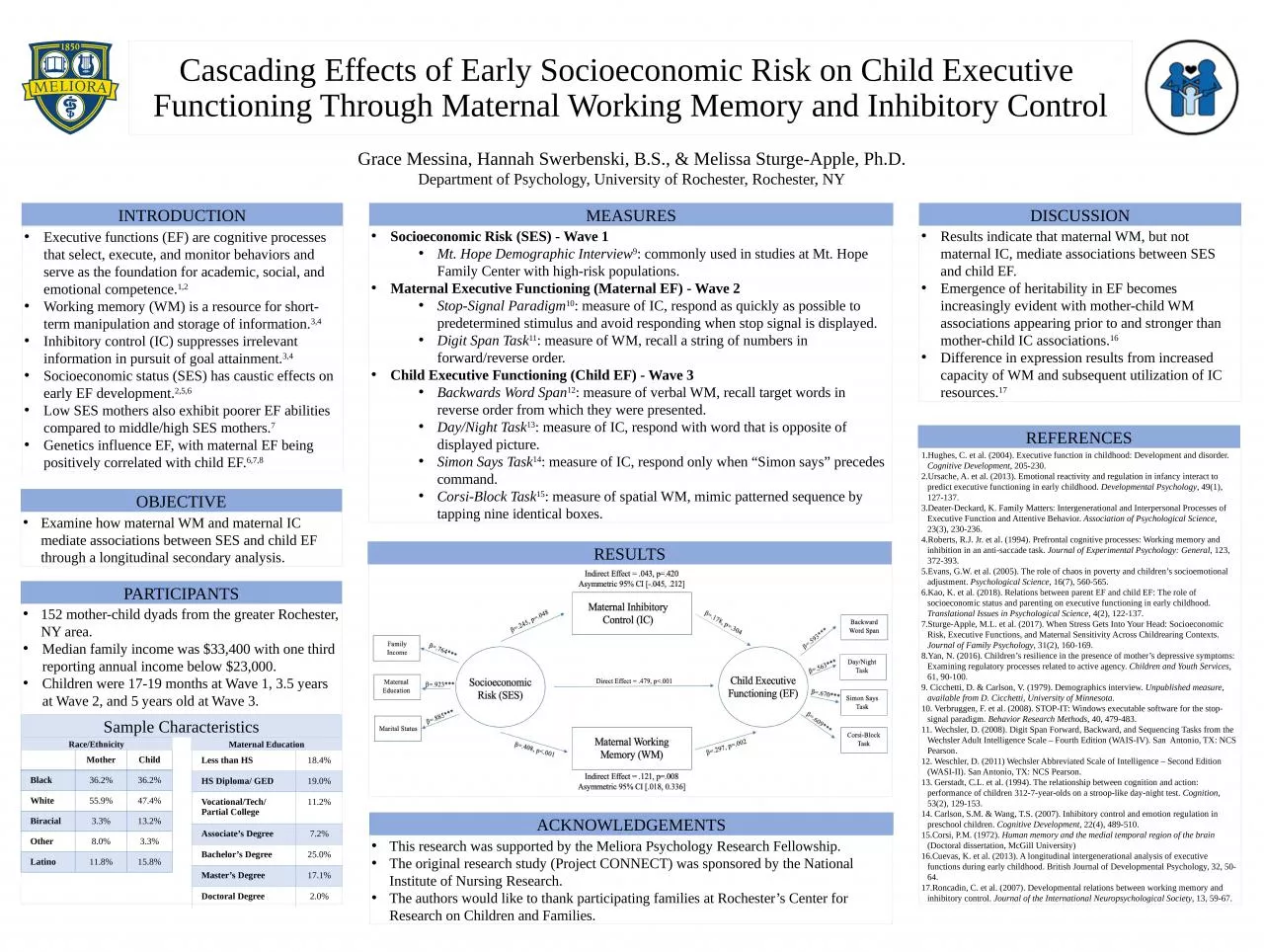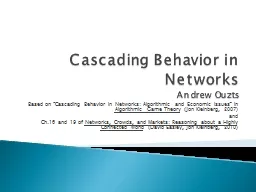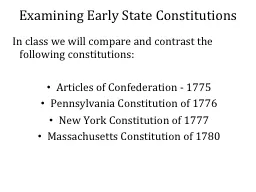PPT-Cascading Effects of Early Socioeconomic Risk on Child Executive
Author : ThoughtfulTurtle | Published Date : 2022-07-28
Functioning Through Maternal Working Memory and Inhibitory Control Grace Messina Hannah Swerbenski BS amp Melissa SturgeApple PhD Department of Psychology University
Presentation Embed Code
Download Presentation
Download Presentation The PPT/PDF document "Cascading Effects of Early Socioeconomic..." is the property of its rightful owner. Permission is granted to download and print the materials on this website for personal, non-commercial use only, and to display it on your personal computer provided you do not modify the materials and that you retain all copyright notices contained in the materials. By downloading content from our website, you accept the terms of this agreement.
Cascading Effects of Early Socioeconomic Risk on Child Executive: Transcript
Download Rules Of Document
"Cascading Effects of Early Socioeconomic Risk on Child Executive"The content belongs to its owner. You may download and print it for personal use, without modification, and keep all copyright notices. By downloading, you agree to these terms.
Related Documents














